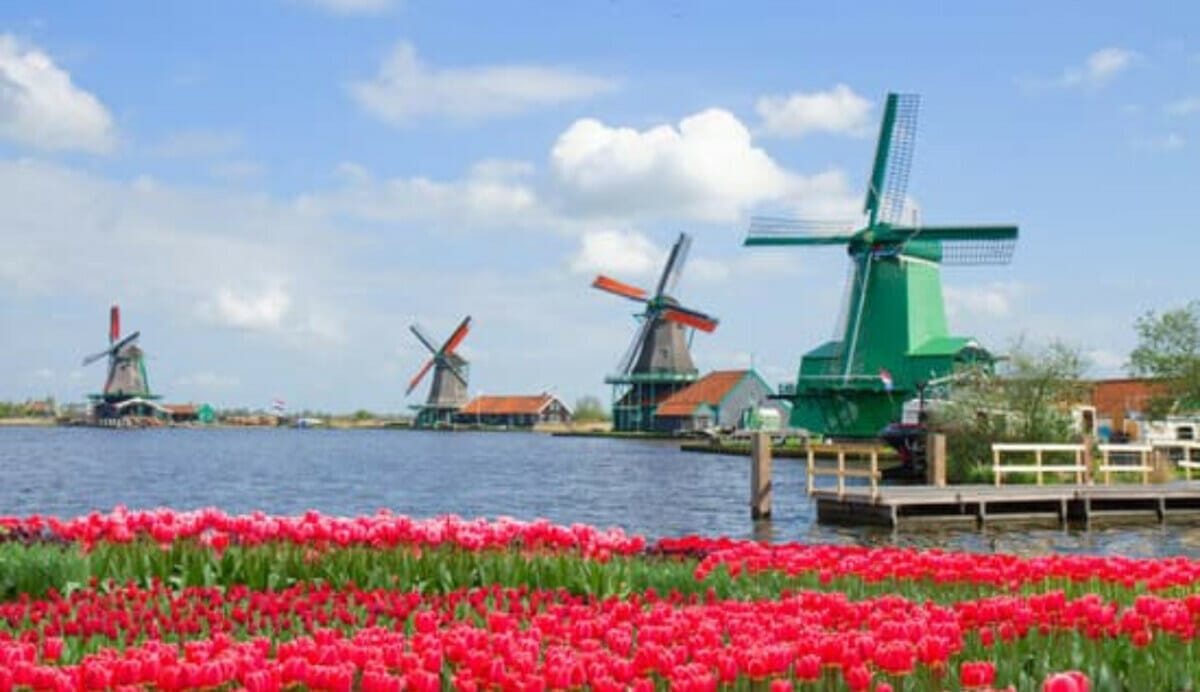PFZW, the €266 billion scheme for healthcare workers in the Netherlands, has kept a lid on costs and expenses for another year. The country’s second largest pension fund reports its costs fell in 2022 to 0.42 per cent, comfortably below its target of no more than 0.50 per cent of assets. Over the past five years, the average cost of asset management at PFZW expressed as a percentage of the average invested capital amounts to 0.49 per cent.
PFZW has tightened its commitment to low costs in recently honed investment beliefs where it states low costs are “the starting point” of its investment strategy and stipulates that high costs are “only acceptable if they are in the interest of the participants”. Asset management costs, under a bright spotlight in the Netherlands, come via the fund’s third-party service providers and investments in fund of funds, as well as its sizeable allocation to private assets.
PFZW follows the Recommendation on Implementation Costs of the Pension Federation when presenting its costs, distinguishing between pension management, asset management and transaction costs. The pension fund reports that although its management fee increased from 0.22 per cent (€583 million) to 0.27 per cent (€644 million) compared to 2021, the performance-related fee fell from 0.53 per cent (€1.3 billion) in 2021 to 0.15 per cent (€363 million)in 2022. Last year private equity managers accounted to two thirds of PFZW’s fee payments and pushed asset management costs above target.
Five aspects of the investment policy influence the amount of asset management costs. These comprise investment mix, scale, the degree of active or passive management and internal or external management, plus if an investment is direct or indirect.
Although PFZW says it takes costs into account when deciding on the investment mix, it states that adjusting the investment mix for the sake of cost reduction is not an end in itself. “The aim is to reduce asset management costs while maintaining the target return.”
Expensive private markets
The report notes that the pension fund’s economies of scale make it possible to negotiate lower costs for services from external asset managers. In addition, the larger share of direct and co-investments contributed to lower costs within private markets compared to peers.
Investments in private markets accounted for approximately 30 per cent of the investment mix in 2022, up from 22 per cent in 2021. The division between private markets and public markets in the investment mix is influenced, among other things, by the returns achieved.
Although private markets are responsible for 86 per cent (2021: 91 per cent) of all PFZW’s costs, PFZW believes that the return expectations of private investments outweigh the higher costs. With an average net annual return of 8.3 per cent over the period 2008 to 2022, PFZW’s private market investments delivered a higher return than the Liquid Benchmark of PFZW’s public market investments, which yielded an average net return of 6.2 per cent.
Scale advantages
The scale of PFZW offers advantages and the report notes that comparisons with other Dutch pension funds with less invested capital reveal the extent of those scale advantages. Another way to lower costs includes expanding direct investments, and PFZW reports that its share of direct investments, such as projects with one or more co-investors, has expanded in recent years within private markets.
The share of indirect investments by PFZW, such as participations in investment funds within the private markets, has correspondingly fallen in recent years. Investments in mutual fund structures are often more expensive and PFZW avoids them where possible.
Transaction costs
PFZW strives to limit transaction costs when it comes to rebalancing the portfolio according to its strategic investment mix. Transaction costs amounted to €241 million in 2022, 0.10 per cent of the average invested capital, on a par with 2021 levels.
However, within fixed-income, transaction costs spiked mainly due to higher spreads in 2022. The pension fund distinguishes three categories within its transaction costs: entry and exit costs in investment funds; purchase and sale costs for direct investments in investment titles and acquisition costs.
In 2022, PFZW achieved a historically poor return of -22.6 per cent on its investments, thanks in the main to a sharp rise in interest rates hitting fixed income. However, because the value of liabilities decreases when interest rates rise, the funding ratio improved. Despite the negative return, PFZW reports it is financially better off than a year ago.
PFZW targets 20 per cent of its investments contribute to the United Nations Sustainable Development Goals (SDGs) by 2025. Via so-called 3D investment, it allocates according to risk and risk as well as impact. “In doing so, we seek a balance between good results and a sustainable world. A good pension requires a world in which life is pleasant,” says the report.



